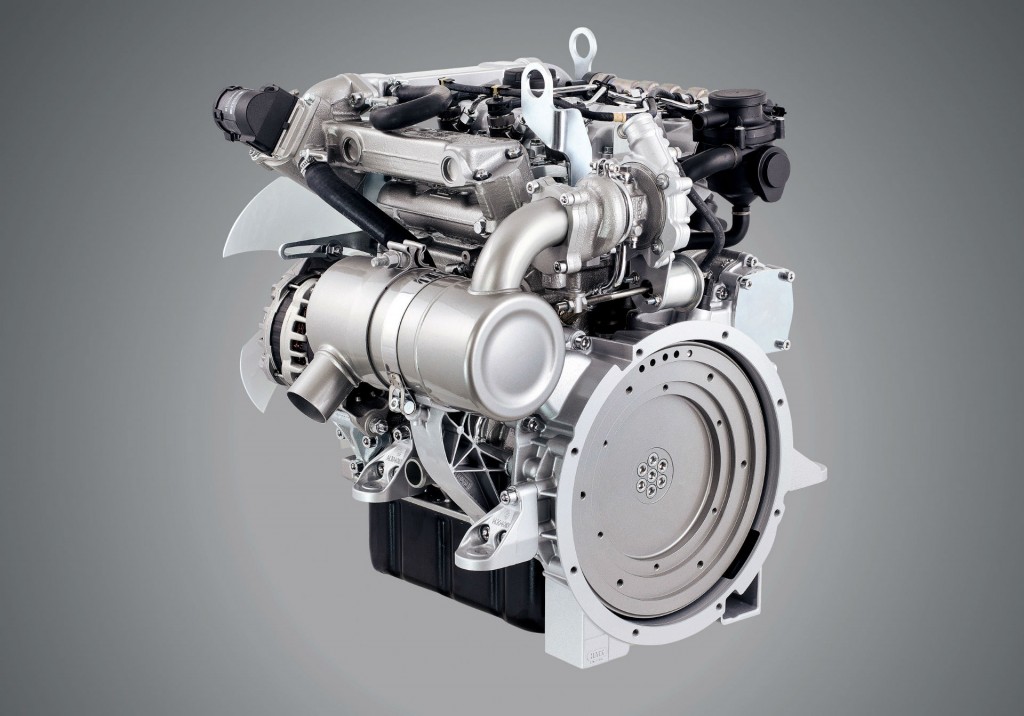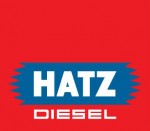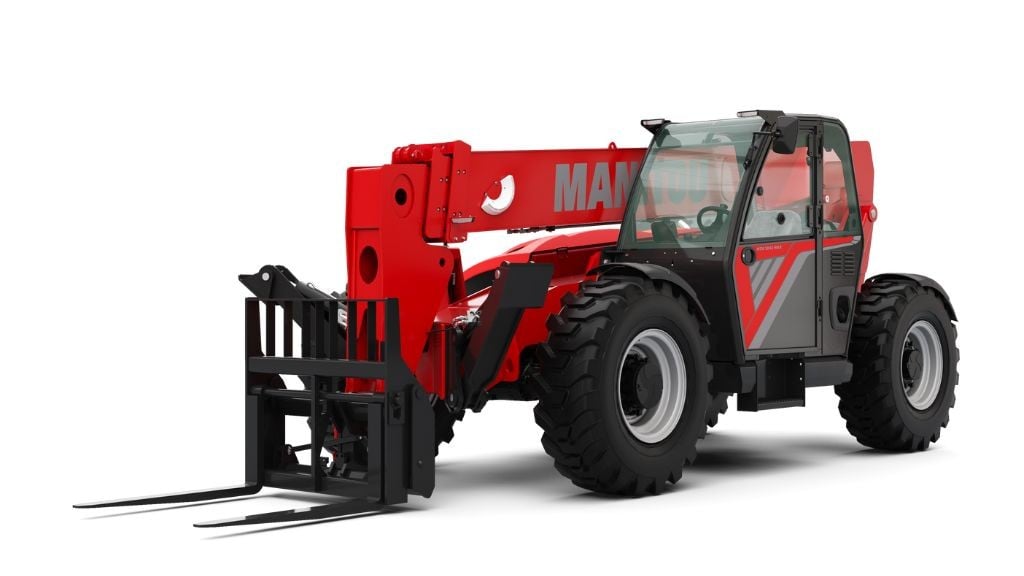North American premiere of the new Hatz three-cylinder diesel engines
Together with the well-established Hatz 4H50 engines, the newly developed common-rail three-cylinders will form the liquid-cooled product family of the H-series.

The first three-cylinder models will go into series production in 2018. They will expand the Hatz H-series with powerful, efficient and compact engines in the power range up to 62 horsepower.
The concept of the new three-cylinders aims to be an ideal solution for today’s compact machine class up to 50 horsepower. Especially for this task the goal is not only to house engines in a compact installation space: The form and operation of the machines must remain unchanged. If exhaust emission after-treatment becomes necessary, the little brother of the four-cylinder engine profits in particular from the compactness and the low raw emissions of the H-family.
Smaller space requirement, increased power
The automotive industry has been successfully practicing the downsizing concept for years. New engines inherited this concept as part of the H-family. As the first downsizing industrial engine with three cylinders the Hatz 3H50 with up to 2800 revolutions per minute and just 1.5 liters will replace engines with displacements over 2.5 liters in the future. The torque and response behavior are considerably superior to the present generation. At the same time the fuel consumption values are significantly reduced. This could be achieved, amongst other factors, thanks to iHACS (intelligent Hatz Advanced Combustion Strategy). Its sophisticated combustion chamber geometry, Bosch injection technology, minimized friction and a charge air pressure of 25 psi ensure the right dimension of power in less than a two foot cube. In a word: right-sizing.
Compliant with emission standards
Following the family concepts, the various 3H50 models are also orientated on the currently valid and future emission standards.
The 293 pounds lightweight Hatz 3H50TI doesn’t need any exhaust emission after-treatment at all. Nevertheless, the engine achieves compliance with the EU Stage IIIA and US EPA Tier 4 interim standards in the power range from 25 to 50 horsepower. Avoiding sulphur sensitive components, the use of diesel fuel with up to 5000 ppm sulphur is no problem. Higher ambient temperatures in comparison to other 3H50 models are also possible. With a maximum torque of 146 food-pound (at 1600 to 2200 revolutions per minute) and up to 62 horsepower the Hatz 3H50TI is the top performer of the three-cylinders.
The Hatz 3H50TIC was primarily developed for the US market and Canada as well as some Asian countries. In order to ensure compliance with the emission standards US EPA Tier 4 final and EU Stage IIIB, the proven combination of an external gas recirculation (EGR) and a diesel oxidation catalyst (DOC) reduces substances potentially harmful to the environment to the required level – without the need of a diesel particulate filter (DPF). Therefore the engine still achieves up to 56 horsepower and provides a torque of 136 food-pound. The additional components add approximately 47 pounds of extra weight.
However, the requirements of the new EU Stage V emission level cannot be fulfilled by diesel engines in this power class without diesel particulate filters. In conjunction with a DPF the Hatz 3H50TICD is optimally prepared for future emission standards while performance is the same. Thereby the customized configuration of the Hatz diesel particulate filter system optiHEAT ensures an optimum length between two regeneration intervals.
Open Power Unit: the plug-and-play solution
The Hatz OPU concept is ideal for equipment manufacturers who have less capacity for specification of radiators, tubing and wiring of electronics, due to a tremendous ease of installation. The main application areas are primarily working machines such as hydraulic lifts, hydraulic power units, forestry machinery, drilling rigs and stationary applications such as pumps and generators. All H-series engines are also available as an OPU version. The customer only needs to connect the fuel supply, control box and battery.



